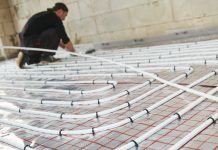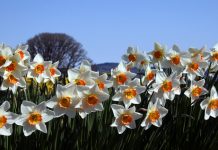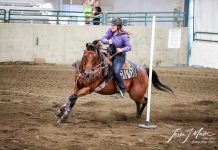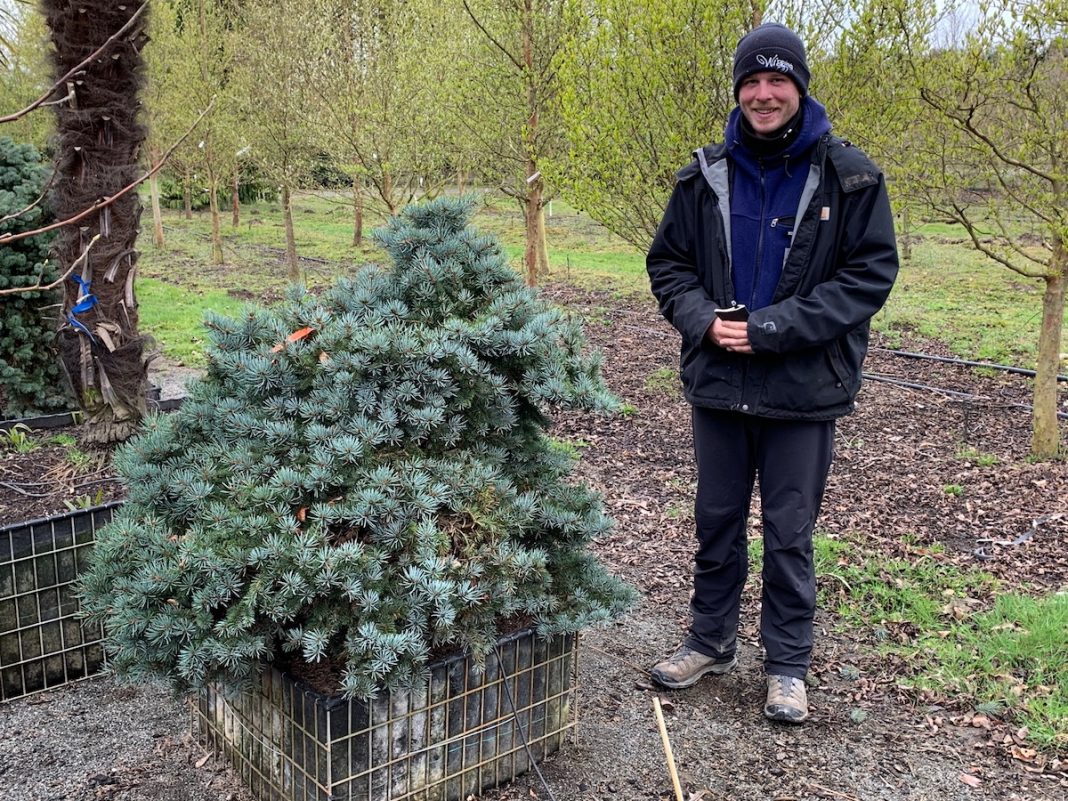The time has come to re-landscape and design your surroundings to better suit this lush, verdant stripe of land between Puget Sound and the Cascades. Clearly, you need a conifer in your plans, or maybe even a few. But aren’t they just too big? Won’t they look out of place in a modest-sized yard? If you have thoughts like these, it could be time to expand your conifer horizons. Fortunately, there are two standout tree resources in Skagit County to help you add conifers to your garden.
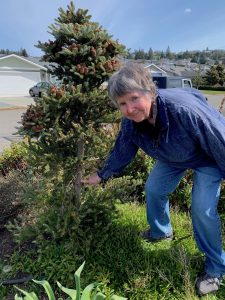
The Master Gardener View on Conifers
Participants in the Master Gardener Program, part of the Washington State University Extension, offer tremendous support for home landscapers and gardeners. Roughly 150 trained volunteers in Skagit County can provide guidance on topics such as efficient watering techniques, treating plant disease, recycling garden waste, pest management and more.
Diana Wisen, a local master gardener, stresses that when you’re considering a conifer for your property, it’s essential to do plenty of research to find the right fit. “Don’t plant a Douglas fir in your yard!” she laughs. She advises keeping in mind our ideal climate. “It’s quite possible that tree will get half again or even double what it says on the plant tag, and perhaps twice as fast,” she cautions.
Diana points out that conifers can add a sculptural feel to a home landscape and to the community. “Consider trees as part of the hardscape of your yard because they’re permanent,” she says. “Choose size, habit and color carefully.”
For Gail Beasley, another Skagit County master gardener, dwarf conifers are a specialty. “Anyone can have them, no matter how postage stamp their yard might be,” she believes.
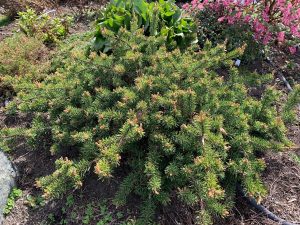
Gail lives in the Skyline neighborhood of Anacortes, where height restrictions for trees are observed. One of her favorite conifers for screening the yard from the street without getting too tall too fast is Abies koreana ‘Horstmann’s silberlocke.’ It’s a deer resistant, slow-growing fir with upturned branches displaying silver-white color underneath. “It looks like it has been flocked,” Gail says.
She points out that some conifers can even be used as a ground cover of sorts. There’s a compact species of jack pine, Pinus banksiana, that hugs the ground and can cascade over a problematic bank or snuggle in between rocks and flowering shrubs.
Visiting Wiggin’s Nursery
If you’re not completely convinced you need to consider some conifers for your landscape, you might be won over once you spend time at Wiggin’s Nursery in Mount Vernon. Here you can spend hours wandering the 65 acres of trees—many of them conifers. Advantages of visiting include the fact that you can see young trees and specimens near maturity, therefore you get a good idea about the eventual look of a tree you might choose for your property.
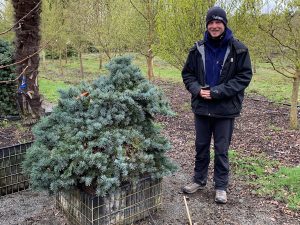
Another reason to stop by Wiggin’s is the company’s knowledgeable staff. Take a look through the rows of conifers, then grab a staff member like Paul Dozier and ask for input.
Paul enjoys pointing out the wide variety of colors available in the spruce, or Picea, family. One he especially likes is the Picea orientalis ‘Aureospicata.’ It has stunning, bright yellow new growth in spring that gradually turns deep green like the rest of the foliage. “It’s a beautiful tree,” Paul says. On another part of the color spectrum is the Picea pungens or blue spruce. There are several cultivars to choose from ranging in size from shrub to tall, conical tree.
You’ll find many varieties of pine trees, or Pinus in Latin, at Wiggin’s too. It’s no wonder, since the pine family is the largest group of conifers, according to the American Conifer Society. One that can work well in a small yard is the dwarf Japanese white pine or Pinus parviflora ‘Glauca nana.’ This pine with an interesting habit is appealing on its own as a specimen and can also be used as a container plant. It grows slowly and should reach no more than six or eight feet tall at maturity.
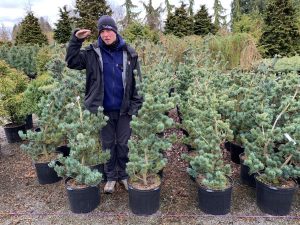
For a conifer with a different look, you could consider a hemlock. There’s one Paul believes is great for Skagit County yards: Tsuga canadensis, or Canadian hemlock. Wiggin’s carries a dwarf variety that shouldn’t get much more than 6 feet. “It’s a tighter grower,” says Paul, pointing out the smaller needles on graceful branches.
Don’t visit Wiggin’s without taking a look at perhaps the most unique confers they offer, the Picea omarika pendula. The most common reaction people have to these whimsical looking spruce trees is they seem to have been designed by Dr. Seuss. “They do create their own character,” Paul agrees.
Where to Start
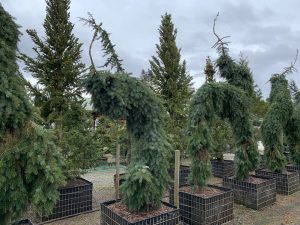
If you feel somewhat overwhelmed by the conifer choices, focus first on the planting spot you have in mind. Evaluate the soil, the light, the space for growth—all the factors that will influence how the tree does in your yard. Heed a Master Gardner’s words, “A tree will not perform well if it’s not in the right place,” cautions Diana Wisen.
Then call upon the experts from WSU’s Master Gardener Program and Wiggin’s Nursery. They’ll steer you in the right direction.



